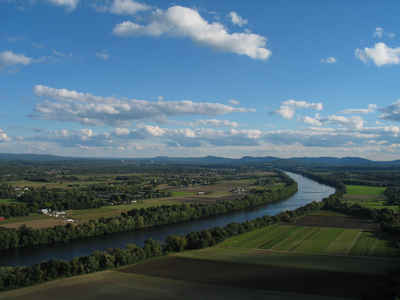Massachusetts Counties
Massachusetts consists of the fourteen counties. Massachusetts has abolished seven of its fourteen county governments, leaving five Counties with county-level local government (Barnstable, Bristol, Dukes, Norfolk, Plymouth) and two, Nantucket County and Suffolk County, with combined county/city government. The oldest counties still in Massachusetts are Essex County, Middlesex County, and Suffolk County, created in 1643 with the original Norfolk County which was absorbed by New Hampshire and bears no relation to the modern Norfolk County.Suffolk County, Massachusetts
Suffolk County Education, Geography, and History
Suffolk County is a county in the state of Massachusetts. As of 2014, the population was 767,254. The county seat is Boston, the state
capital and largest city. The county government was abolished in late 1999 and Suffolk remains only as a geographic area, still used by
entities such as the National Weather Service to define a weather alert affecting its footprint without listing every single town/city it
embraces.
Suffolk County is included in the Boston-Cambridge-Newton, MA-NH Metropolitan Statistical Area.
Etymology - Origin of Suffolk County Name
For the English county of Suffolk
Demographics:
County QuickFacts: CensusBureau Quick Facts
Suffolk County History
The county was created by the Massachusetts General Court on May 10, 1643, when it was ordered "that the whole
plantation within this jurisdiction be divided into four shires". Suffolk initially contained Boston, Roxbury,
Dorchester, Dedham, Braintree, Weymouth, Hingham, and Hull. The county was named after Suffolk, England, and means
"southern folk."
In 1793 most of the original Suffolk County except for Boston and Chelsea (which remained in Suffolk) and Hingham and
Hull (which joined Plymouth County) split off and became Norfolk County.
Like an increasing number of Massachusetts counties, Suffolk County exists today only as a historical geographic region,
and has no county government. All former county functions were assumed by state agencies in 1999
Geography: Land and Water
As reported by the Census Bureau, the county has a total area of 120 square miles (311 km2), of which, 59
square miles (152 km2) of it is land and 62 square miles (160 km2) of it (51.32%) is water.
Neighboring Counties
Bordering counties are as follows:
- Northeast: Essex County
- East: North Atlantic Ocean
- Southwest: Norfolk County
- Northwest: Middlesex County
Education







